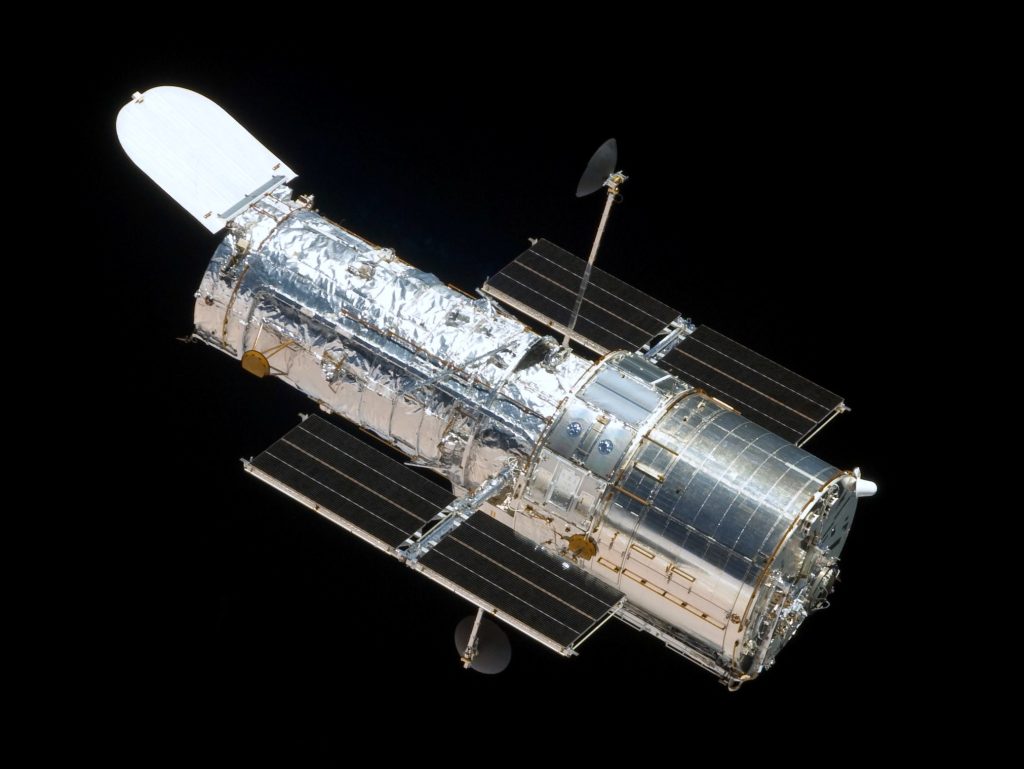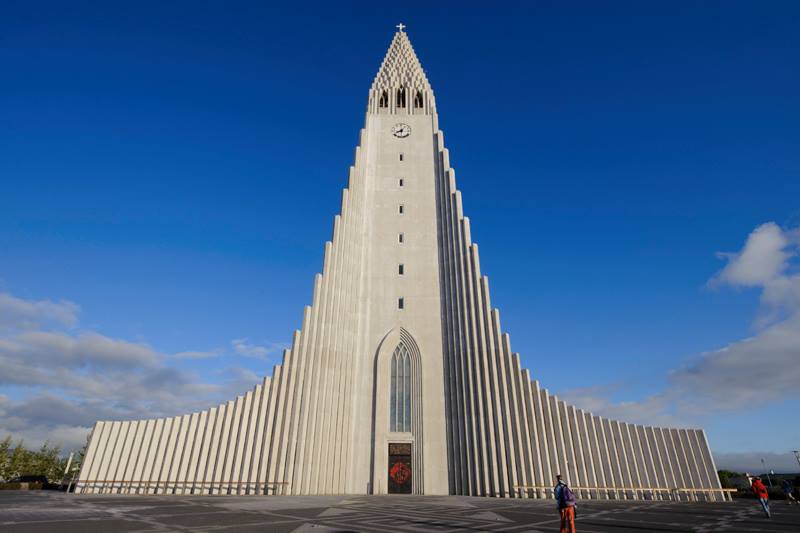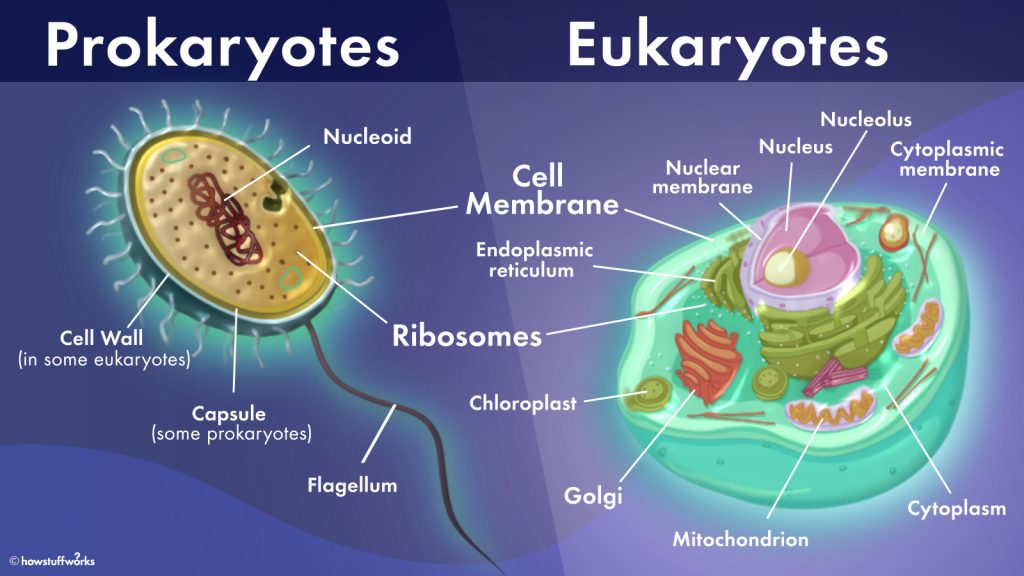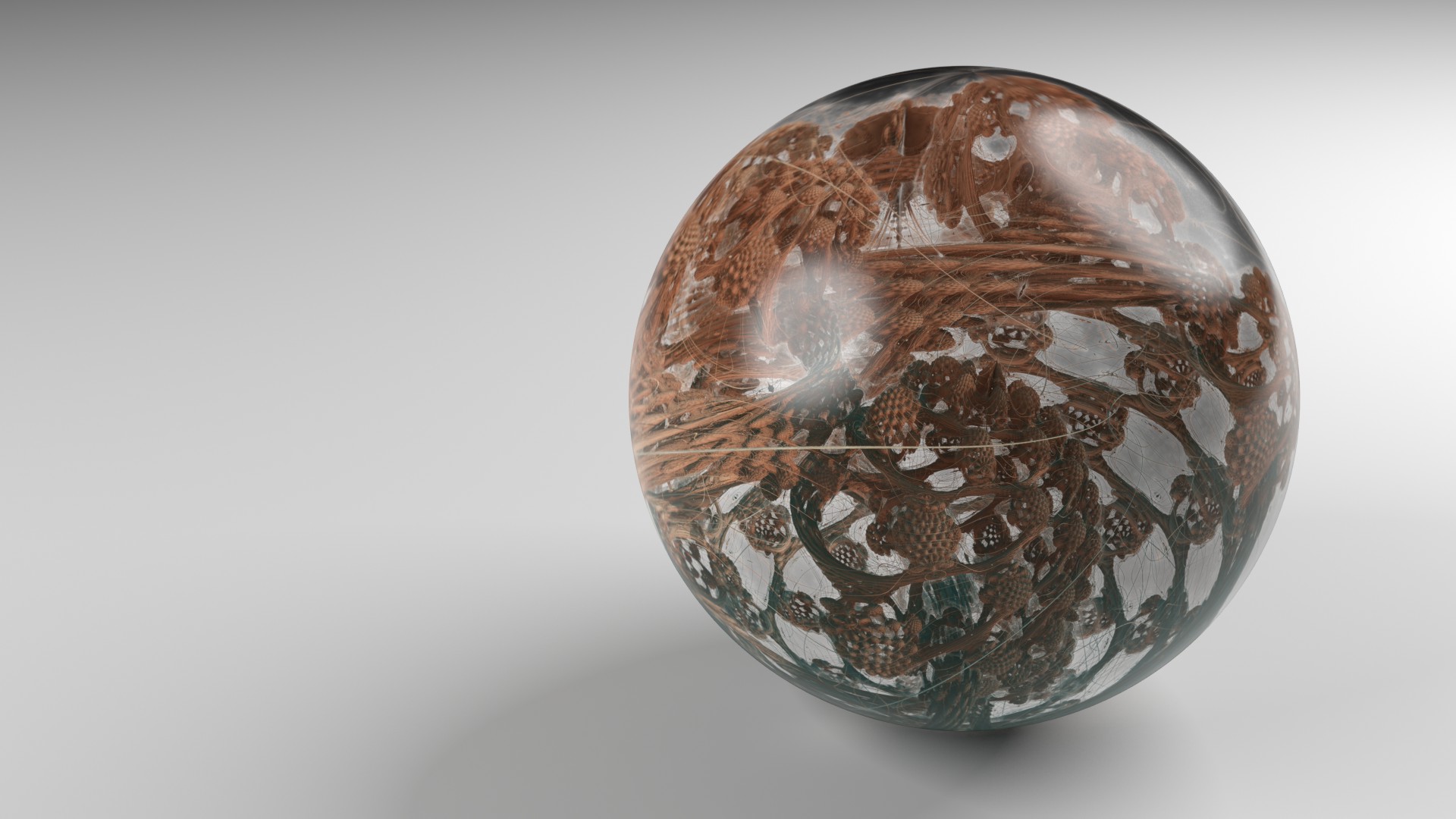
Cosmography, self invented, is writing with the cosmos. It is practiced by gazing at the stars with a telescope. The ultimate Cosmographers are Hubble and Webb, free from the effects of earth’s atmosphere their images are ultra crisp.
One day I came across the work of Inigo Quilez. He creates images using only mathematics. We exchanged images over a beer and went on our way. I wondered: Can the universe be coded on one side and visualised on the other?
It was many years later I discovered the Ulam Spiral and realized primes could be the building blocks, literally.
I prime factorized every natural number on the spiral, added the primes and got the figure below. Surely, I was using Playmaker, but it was an algorithm nonetheless.

It turned out, by accident, I had discovered the code to make a visualization that looks like a Black Hole, Tornado or Hallgrimskirkja Church.



It may not be much, but at the time I was awestruck. In fact, it led me to explore generative/parametric design using Xenodream, Xfrog and Mandelbulb 3D more seriously. Here are some shapes created in Xenodream that resemble Calabi Yau Manifolds. On the right Mushrooms and Ferns.


Now, back to the Cosmos. What does the code of a visualization of the universe look like? From what we can tell, the universe tends to reappear on lower scales. For example, the visible universe is similar to a eukaryotic cell when we consider shape.

It is, in fact, built like a fractal and the best visualization is from Benoit Mandelbrot.
The original structure appears again and again when zooming in. The universe has this same fractal property. To get the Mandelbrot ‘Zn + 1 = Zn2 + C’ is enough, and we need an equally elegant element to code a simulated Universe.

The largest object we know is the universe as a whole, and the smallest a singularity inside a black hole. What falls into a black hole is represented as a hologram on its event horizon. That means, a black hole is the natural-born Cosmographer. Fractals and Panoramic images, mapped on a sphere, turned out to be a viable representation.

So what do you think? Did I do a good job coming up with visualizations? Want to exchange ideas? Hit me up on the contact form!
I hope you enjoyed ‘The Cosmographer’ and see you in the next project!
Mark Florquin
